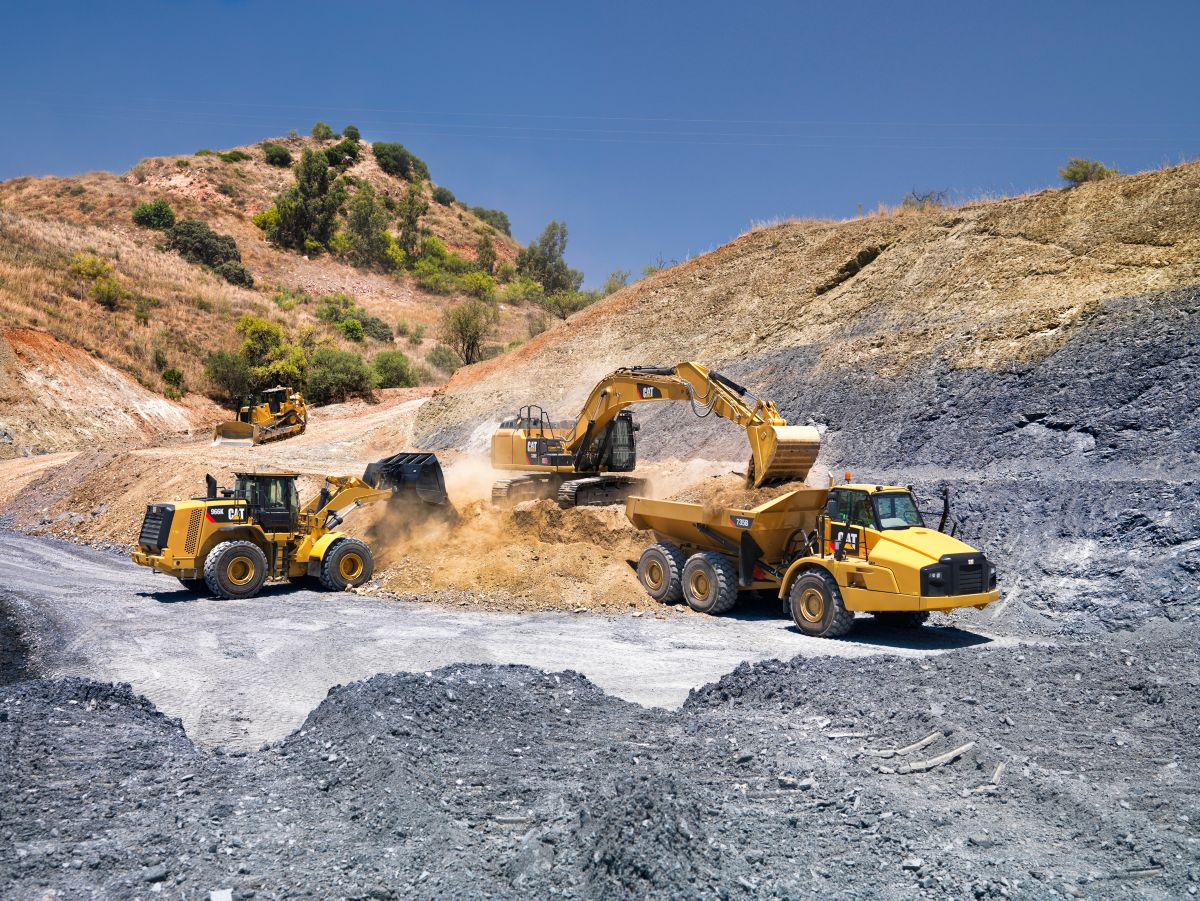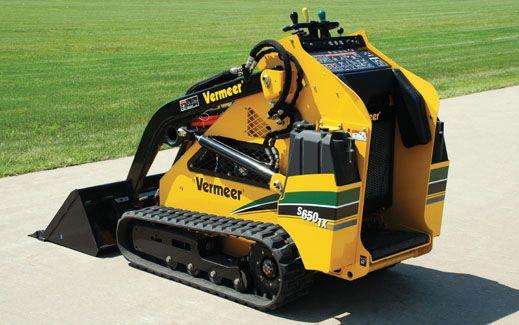Optimize Your Budget Plan by Understanding the Costs Related To Building And Construction Tools Leasings
Comprehending the full range of costs linked with building and construction devices rentals is important for maximizing your budget. While the first rental charge may appear uncomplicated, countless extra expenses-- such as transport, fuel surcharges, and maintenance-- can quickly gather, affecting your financial preparation. Additionally, recognizing different charges and the details of rental contracts can help prevent unforeseen financial worries. What strategies can be used to effectively take care of these expenses and guarantee an extra efficient rental experience?
Introduction of Rental Expenses
When thinking about construction tools leasings, comprehending the associated expenses is paramount for effective budgeting and task planning. Rental expenses can vary considerably based on a number of elements, including tools type, period of rental, and area. The initial rental charge typically mirrors the devices's market need and its associated functional capabilities, affecting the overall expenditure.
In addition to the base rental price, ancillary prices may occur, such as transportation fees, gas surcharges, and upkeep charges. It is necessary to represent these added expenses to precisely evaluate the overall price of renting devices. The rental duration can impact prices; longer rentals might certify for affordable rates, while short-term leasings may sustain greater daily charges.

Break Down of Rental Rates
A detailed understanding of rental rates is necessary for contractors and project supervisors aiming to maximize their spending plans. Rental rates for building and construction devices generally are composed of several components, including base rates, time-based fees, and usage fees.
Base rates are the core charges connected with the rental of the equipment, usually determined by the kind and dimension of the machinery. These prices can differ significantly, affected by elements such as tools demand, availability, and local market fads. Time-based charges, which may be daily, weekly, or monthly, offer to suit various job timelines and rental periods.
Additionally, rental prices may include use fees, which apply when tools is used past a specified limit, guaranteeing that the rental company can represent deterioration. Seasonal demand fluctuations can additionally affect rental prices, with peak building and construction periods usually commanding higher rates.
In addition, recognizing the rental company's plans pertaining to maintenance and insurance policy can supply further insight into the total cost framework. By analyzing these elements, specialists can make informed decisions, guaranteeing the choice of rental equipment lines up with both job needs and budget plan restrictions.
Extra Fees to Think About
Understanding the complexities of extra charges is crucial for specialists to handle their overall leasing expenditures efficiently. Beyond the typical rental prices, various extra charges can dramatically affect the total price of tools rental. These costs typically consist of delivery and pickup charges, which can vary based on range and logistics entailed in carrying the equipment to and from the work website.
In addition, some rental firms might enforce gas additional charges if the devices is returned with much less gas than when rented out. It is additionally important to recognize possible cleansing fees, particularly for specific tools that requires complete upkeep after use.

Extensively examining the rental agreement and making clear these additional fees in advance can aid specialists stay clear of unanticipated costs and make sure that budgets continue to be intact throughout the task Website lifecycle.
Maintenance and Fixing Expenditures
Regular repair and maintenance expenditures are commonly forgotten variables that can dramatically influence the overall price of building equipment rentals. When leasing devices, it is important to think about not just the rental costs but additionally the possible expenses connected with keeping the machinery in ideal operating problem.
Numerous rental firms include basic upkeep as component of the rental agreement; however, a lot more unexpected breakdowns or extensive repairs can lead to extra expenses. It's vital to examine the rental contract carefully to comprehend what upkeep solutions are covered and what responsibilities drop on the occupant.
Additionally, tools that is not properly maintained can result in ineffectiveness on duty website, potentially enhancing and creating delays task prices. To reduce these dangers, it is recommended to carry out routine assessments and maintain open interaction with the rental service provider concerning any type of problems that emerge throughout use.
Insurance and Responsibility Costs
Insurance coverage and responsibility costs are essential components that can significantly influence the overall expense of building tools leasings (boom lift rental). These costs ensure that both the rental business and the customer are shielded from prospective financial losses emerging from mishaps, damage, or burglary throughout the rental duration

In addition, clients ought to understand any type of deductibles or exemptions in the insurance plan, as these can impact potential out-of-pocket expenditures. Comprehending the terms and conditions of any type of insurance protection is vital to avoid unanticipated costs. Ultimately, budgeting for insurance policy and liability costs can aid make certain a smoother rental experience and secure versus financial dangers connected with building jobs.
Verdict
In conclusion, a comprehensive understanding of the prices connected with building devices leasings is necessary for effective spending plan monitoring. Inevitably, informed decision-making pertaining to tools rentals adds to the total success of building endeavors.
Rental expenses can differ considerably based portable tower crane on numerous aspects, including equipment type, duration of rental, and place (heavy equipment rental). The rental period can impact pricing; longer rentals might qualify for reduced prices, while temporary leasings could incur higher everyday costs
By conducting complete imp source research and engaging with credible rental firms, specialists can successfully navigate the intricacies of rental prices, ultimately maximizing their financial sources.
Beyond the standard rental rates, various auxiliary fees can significantly impact the total expense of tools leasing. Rental companies frequently give liability insurance that covers injuries to third parties or damages to building, while equipment damage insurance coverage can cover the price of fixings or replacement if the leased devices is harmed.